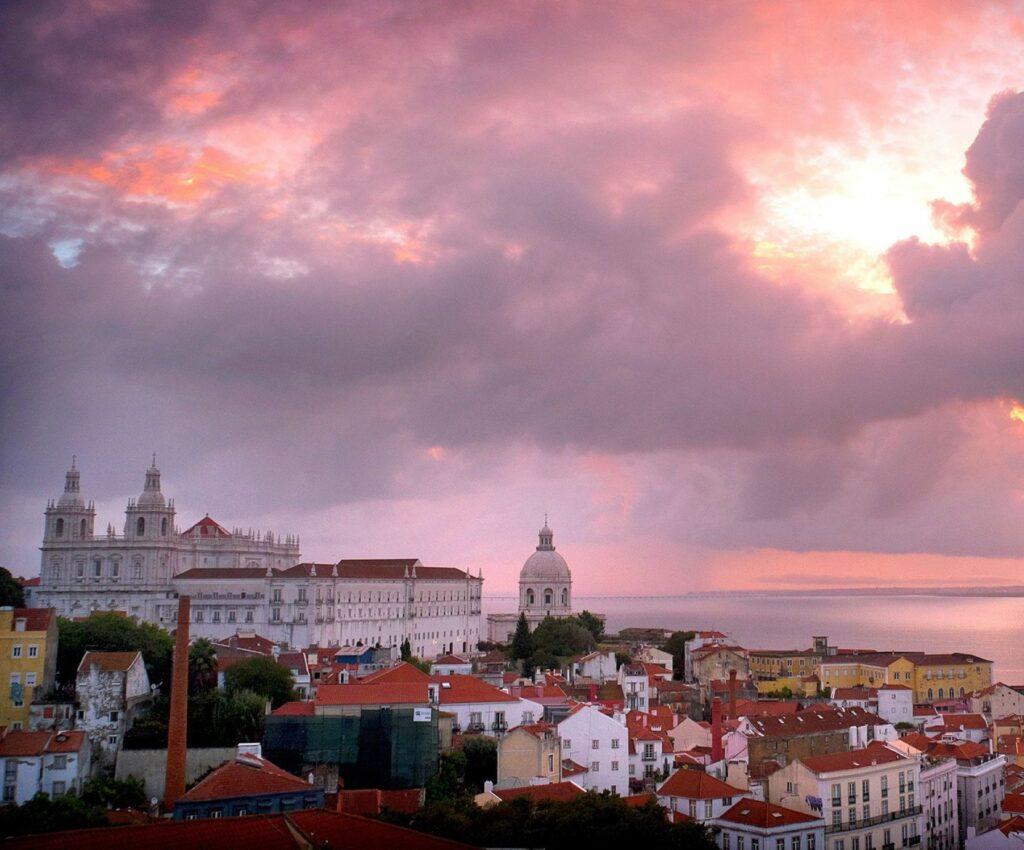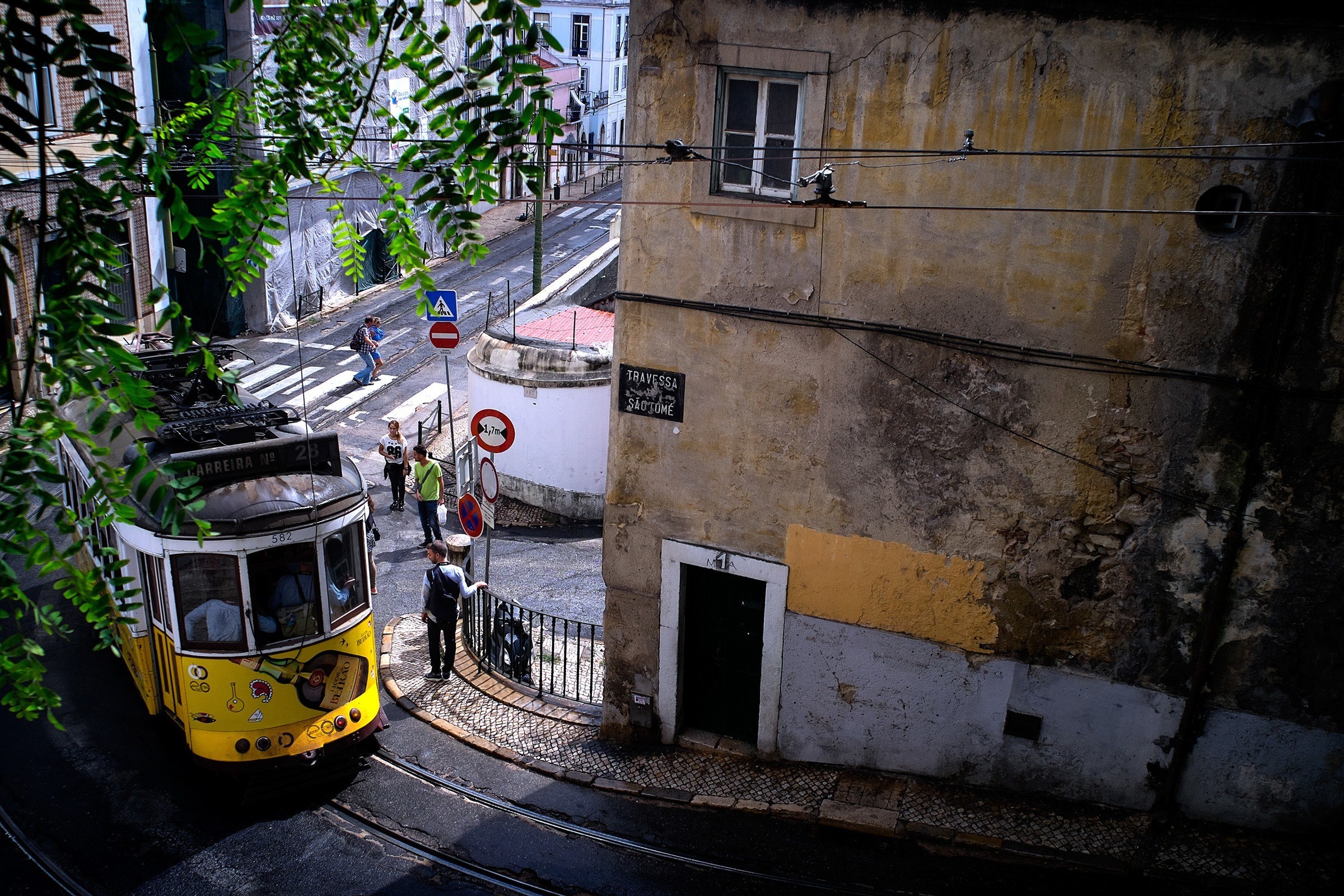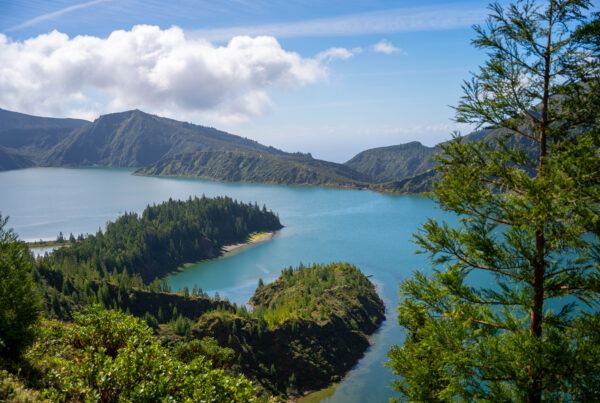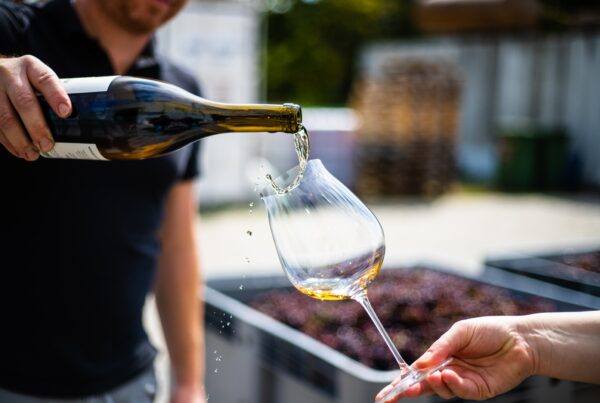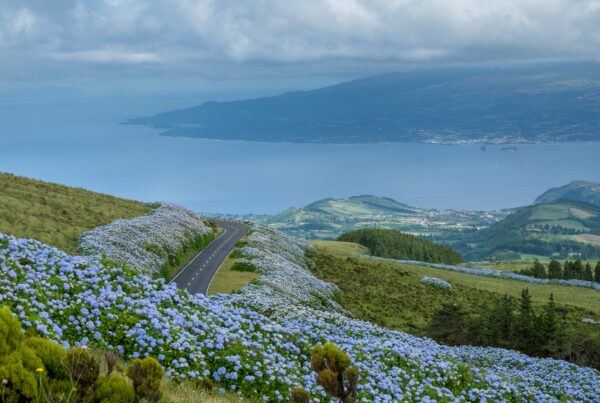Portugal is one of the most wonderfully vibrant and friendly places in the world to visit – and its capital is no exception. Architecturally stunning, with ancient labyrinthine streets and grand town squares, it’s rippling with culture, history, and hospitality.
To have a good time in Lisbon, you have to go with the flow. If you hear music wafting from a street nearby or see a cute house you want to take a photo of then just follow your instinct. So whether you’re looking for the foodies’ paradise or just hoping to soak up the spirit of the place this is how to see the best of the city, even if you’ve only a weekend to spare.
DAY 1
Breakfast – Versailles
Located in the heart of Lisbon’s business area Saldanha, Versailles is a café with a charming Parisian vibe. With black-and-white checkerboard floors, chandeliers, and enormous mirrors, the 1920s-era interior is one of the most beautiful in Lisbon; it has also been a meeting place for many generations of politicians and locals alike. Massive window displays showcase the house specialties, from simple homemade cookies to éclairs.
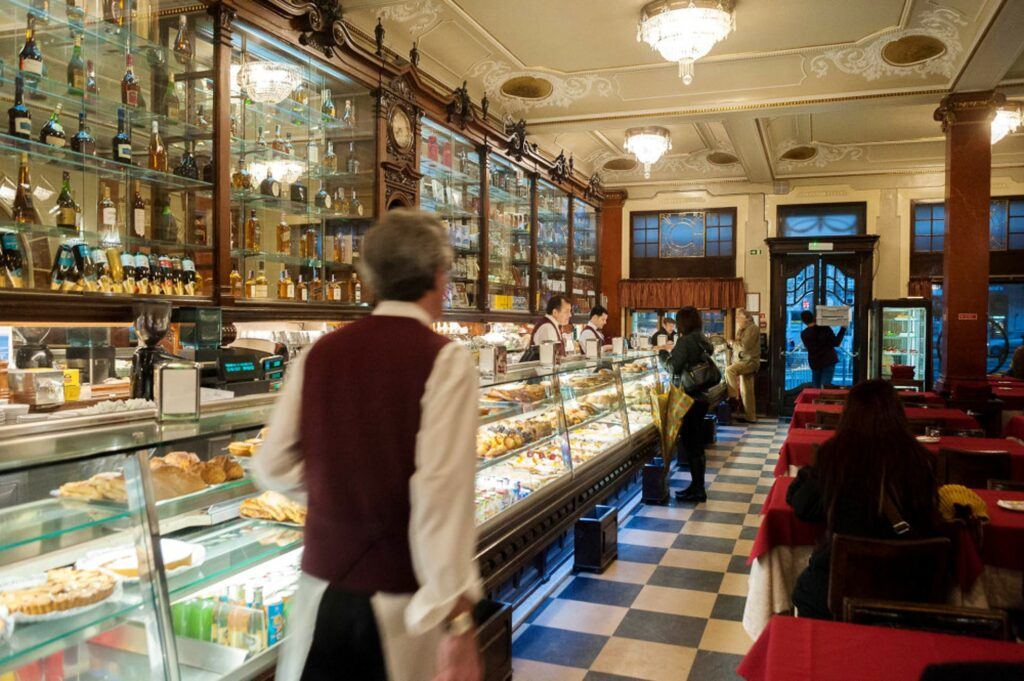
Museum and Gardens – Calouste Gulbenkian
Northeast of Eduardo VII Park is the Gulbenkian Museum, one of the world’s great museums and one of Europe’s unsung treasures. Part of the Calouste Gulbenkian Foundation houses a magnificent collection of Egyptian, Greek, Roman, Islamic, Asian, and European art. It was substantially renovated and modernized in 2001 (many of its masterpieces were on display in New York’s Metropolitan Museum of Art during renovation), and can’t be missed during a visit to Lisbon. This is one of the world’s finest private art collections, amassed over a period of 40 years by oil magnate Calouste Gulbenkian, who was one of the 20th century’s wealthiest men. In his later years he adopted Portugal as his home, and donated all of his stupendous art treasures to the country when he died in 1955 at the age of 86.
Lunch – Ramiro
Opened in 1956, Ramiro has legendary status among Lisbon’s seafood lovers. Here you can feast on rich plates of giant tiger prawns, percebes (goose barnacles), lobster, crab and clams – and a juicy steak sandwich for dessert. Despite the crowds and lines (after Anthony Bourdain was here), the atmosphere is bustling and informal, with garrulous crowds quaffing more beer than wine. Ramiro doesn’t take reservations, so arrive early and prepare to queue.
Shop – A Vida Portuguesa
It’s one of the most beautiful shops in town. Here you’ll find everything from tableware to canned goods, carpets to soaps, children’s games to posters with political slogans. It’s the perfect place to find local souvenirs from Lisbon to take back home.
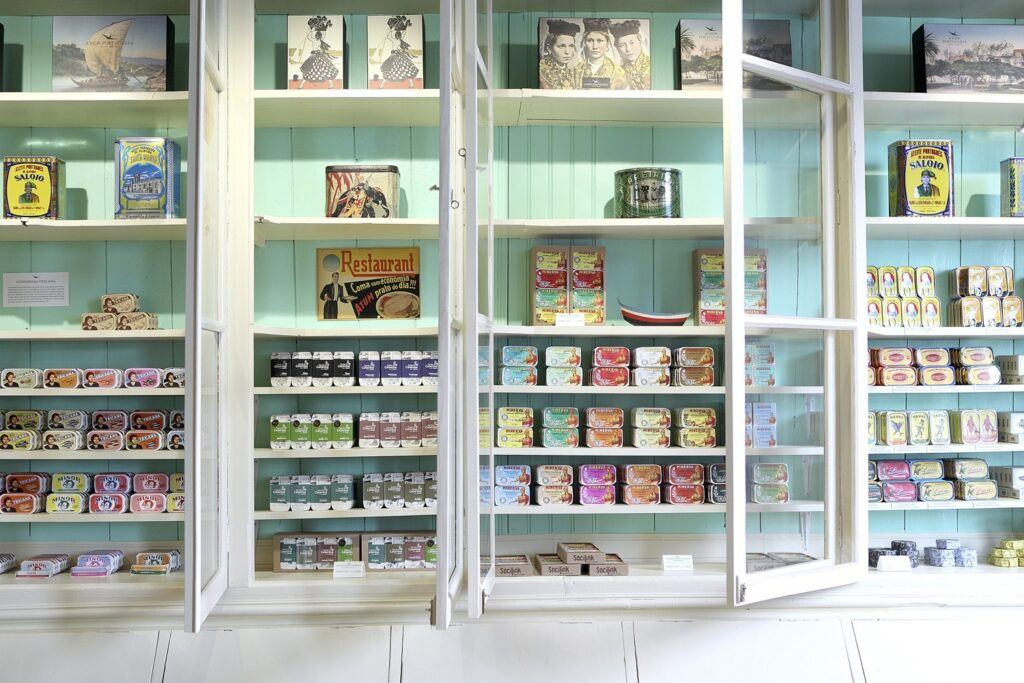
Viewpoint – Miradouro da Senhora do Monte
It’s one of Lisbon’s most amazing views, which is evident judging from the number of tourists with smartphones in their hands, and the number of tuk-tuks parked near the lookout. It’s a good alternative to Miradouro da Graça, and here you have the city at your feet – and a kiosk where you can get refreshments to help you digest the view.
Dinner – Prado
What used to be a cannery with Roman ruins right in the heart of Lisbon’s city center – a few steps away from Sé cathedral – became a wooden table, plant decorated restaurant since the end of 2017. You can’t miss the lard toast, the Barrosã tartar and the cockles with turnips, and for dessert the sweet potato with smoky ice cream and honey. Prado is also a good place for a glass of wine where all the references are natural, organic and biodynamic.
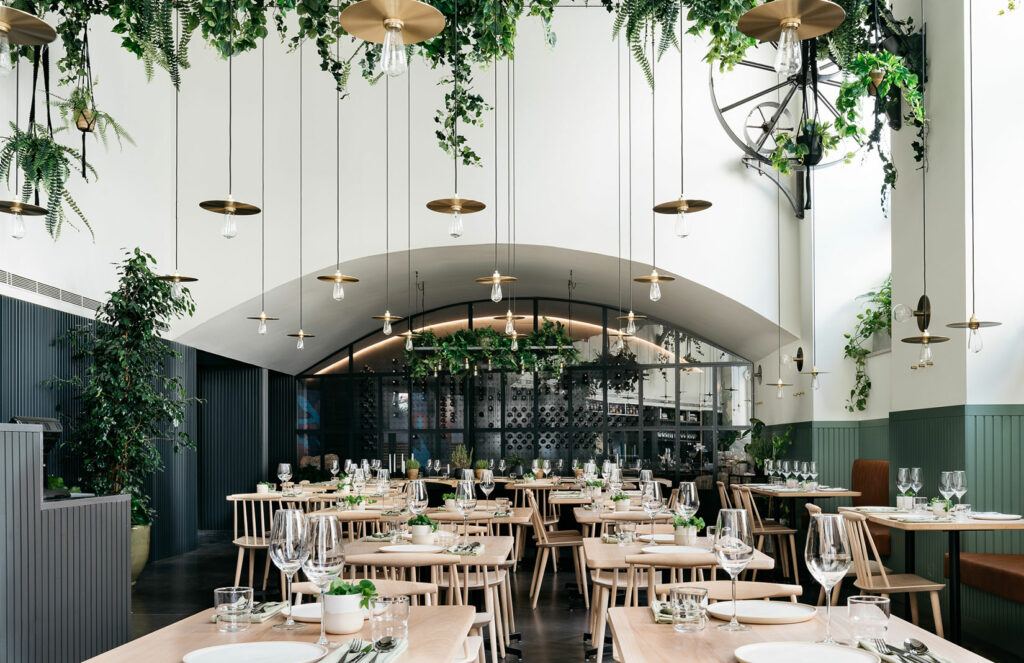
DAY 2
Breakfast – Manteigaria
Minutes away from Lisbon’s popular shopping area Chiado, Manteigaria is best described as an egg tart bar. The Art Nouveau building, once a butter shop, has only a counter and a kitchen. From eight in the morning until midnight, a mix of tourists and locals eat their egg tarts at the counter, while on the other side of the plexiglass, bakers roll, shape, and fill new tarts. Every time a new batch comes out of the oven, a bell rings outside.
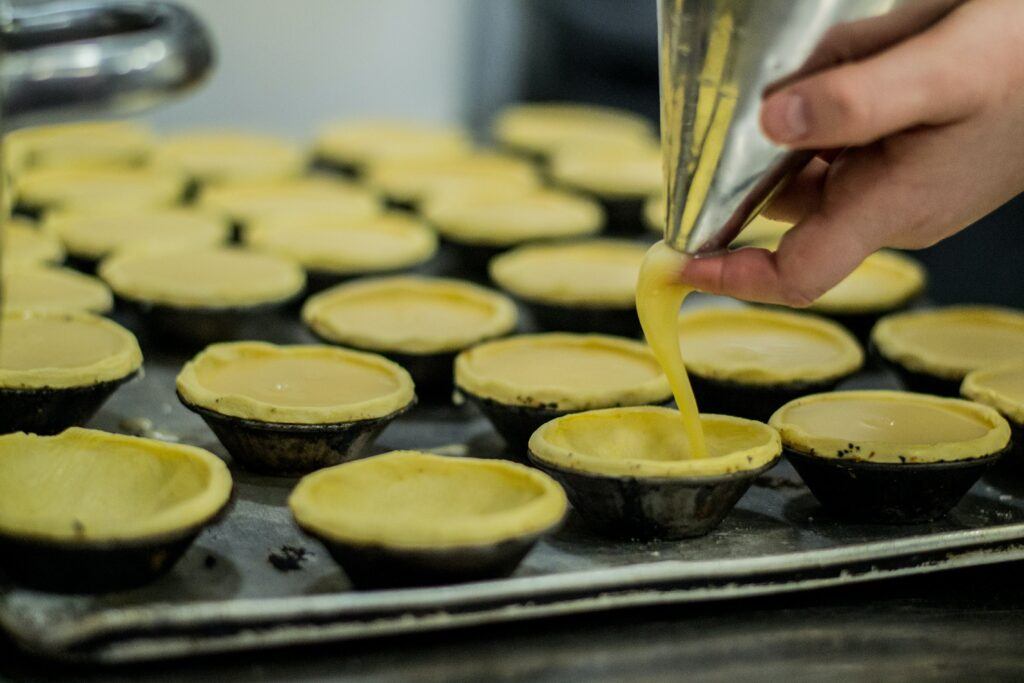
Walk – Rossio/Baixa and Praça do Comércio
Rossio Square, officially known as the Plaza Don Pedro IV, is one of the most charming places and notable things to see in Lisbon. It used to be the focus of major city events for 500 years, until the 18th century.
Then walk past Rua Augusta to Commerce Square (Praça do Comércio), which is the largest and most famous square in Lisbon. It was rebuilt in the eighteenth century, after the earthquake of 1755, and was previously called the Palace Square since it housed the royal palace. You can explore the riverfront and marvel at the square’s 18th-century arcades and Pombaline architecture. Today the vast open space of Commerce Square is used for cultural events and festivals.
Lunch – Zé da Mouraria
A little bit hidden in the former Moorish quarter Mouraria in a small street, you’ll find restaurant Zé da Mouraria. A typical tasca in a very informal atmosphere with an open fire grill. Many chefs go there such as the chef of Restaurant Loco Alexandre Silva. Follow his advice and order the pepper veal with homemade french fries and a bottle of Vinho Verde. Even though the restaurant is only open for lunch (Fridays are for codfish with chickpeas), you only leave when you ask for the check.
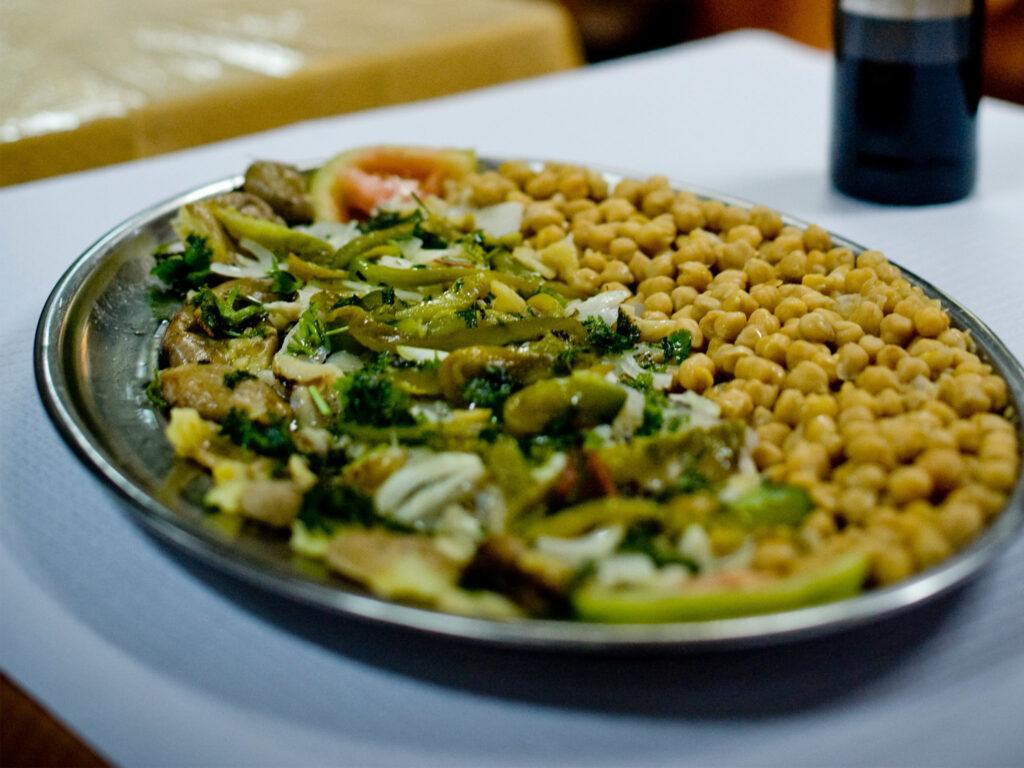
Museum and waterfront – MAAT
Time to get down to the riverfront. Belém’s MAAT is one of the city’s most recent attractions, and amazing for pictures. The Museum of Art, Architecture and Technology is a project by British architect Amanda Levete, and an Instagram favourite.
Late-afternoon snack – Comida Independente
In Lisbon there are still a few shops and butchers selling good quality sausages and chorizo such as Manteigaria Silva, Casa Macário, Dava or Mercearia Criativa. Comida Independente opened recently to join this small club. Another place in town to find not only a selection of charcuterie from different regions, but also Muxama (tuna ham), butter from Ilha do Pico, quince marmalades and organic Portuguese wines – all coming from small producers.
Dinner – Tasca da Esquina
Portuguese taverns – or tascas – are known for serving traditional comfort food. Chef Vitor Sobral has renovated an old corner space in the lively family neighbourhood Campo de Ourique in 2008, and since then Tasca da Esquina is a modern restaurant maintaining the essence of the old tascas. You shouldn’t go out of the restaurant without trying the cockles with lemon, the octopus salad with sweet potato and coriander, the chicken liver with pickled pear, shredded cod with potato and egg, and fried gizzards with chives and cherries.
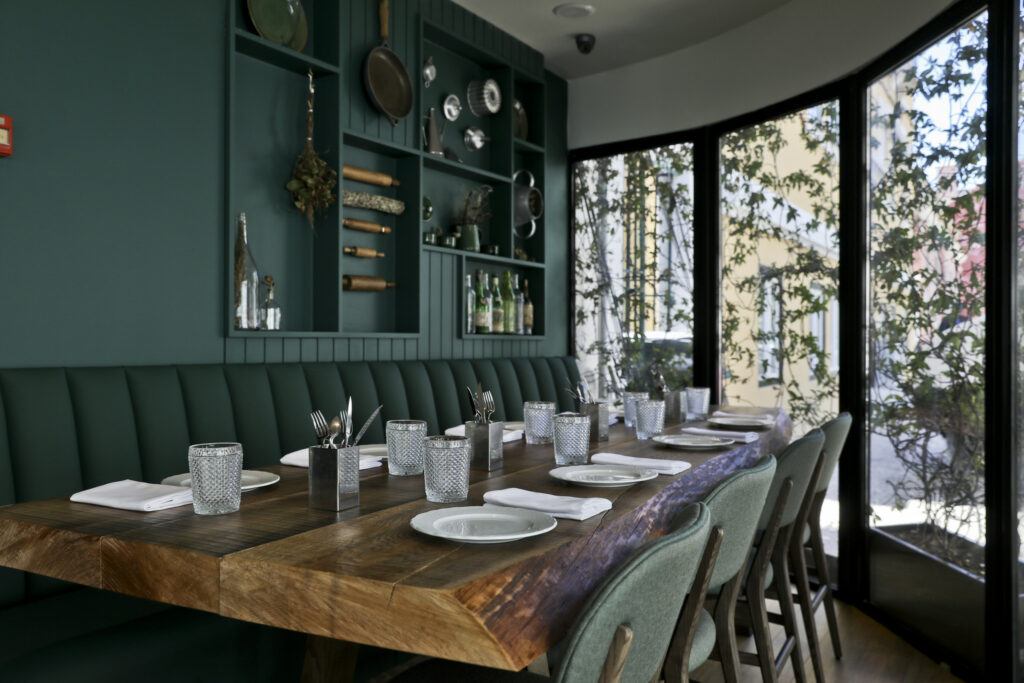
Want to find out more about this trip in 2023? Why not book a call with us?
